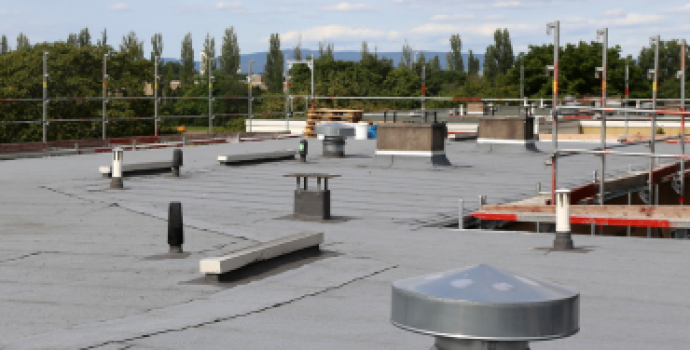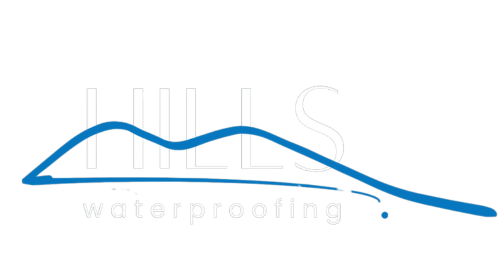- Hills Waterproofing
- External Waterproofing Sydney
External Waterproofing Sydney

External Waterproofing Sydney
External waterproofing Sydney is a vital process designed to protect the exterior surfaces of buildings from water infiltration and moisture damage. This method involves applying waterproof coatings, membranes, and sealants to the outside of walls, foundations, and roofs. External waterproofing is particularly crucial for preventing groundwater and rainwater from penetrating the building envelope.
The primary goal of external waterproofing Sydney is to create a barrier that stops water from entering the structure, thus protecting it from structural damage, mold growth, and material deterioration. Techniques used include the application of bituminous coatings, polyurethane membranes, and drainage boards. These materials are highly effective at sealing out moisture and directing water away from the building.
External waterproofing Sydney enhances the durability and longevity of a building by preventing the common issues associated with water damage. It also contributes to energy efficiency by reducing the moisture load on the building, thereby maintaining a stable indoor climate. Regular maintenance and inspections are essential to ensure the integrity of the waterproofing system over time. By investing in external waterproofing, property owners can safeguard their buildings, reduce repair costs, and improve overall property value.
What Are The Benifits of External Waterproofing Sydney
External waterproofing protects buildings from water damage, enhances structural integrity, and improves energy efficiency. It prevents moisture-related issues, ensuring a longer lifespan for the building.
- Prevents water infiltration, maintaining the strength and durability of structures.
- Stops moisture penetration, reducing the risk of mold growth.
- Reduces moisture load, helping maintain a stable indoor climate.
- Minimizes repair costs by preventing water-related damage to buildings.


External waterproofing Sydney is essential for maintaining the overall health of a building. By creating a robust barrier against water ingress, it helps in preserving the aesthetics and functionality of the property. This proactive approach not only ensures long-term cost savings but also enhances the value and comfort of the building for its occupants.
Any questions? We're here to help
What is external waterproofing Sydney, and why is it necessary?
External waterproofing Sydney involves applying waterproof materials to the exterior surfaces of a building to prevent water infiltration. It is necessary to protect the structure from water damage, mold growth, and deterioration, ensuring the building's longevity and integrity.
How often should external waterproofing be inspected and maintained?
External waterproofing should be inspected and maintained at least once a year. Regular inspections help identify any potential issues early, allowing for timely repairs and ensuring the waterproofing system remains effective over time.
Can external waterproofing be applied to existing buildings?
Yes, external waterproofing can be applied to both new and existing buildings. For existing structures, proper surface preparation, including cleaning and repairing any damage, is essential to ensure effective adhesion and performance of the waterproofing materials.

